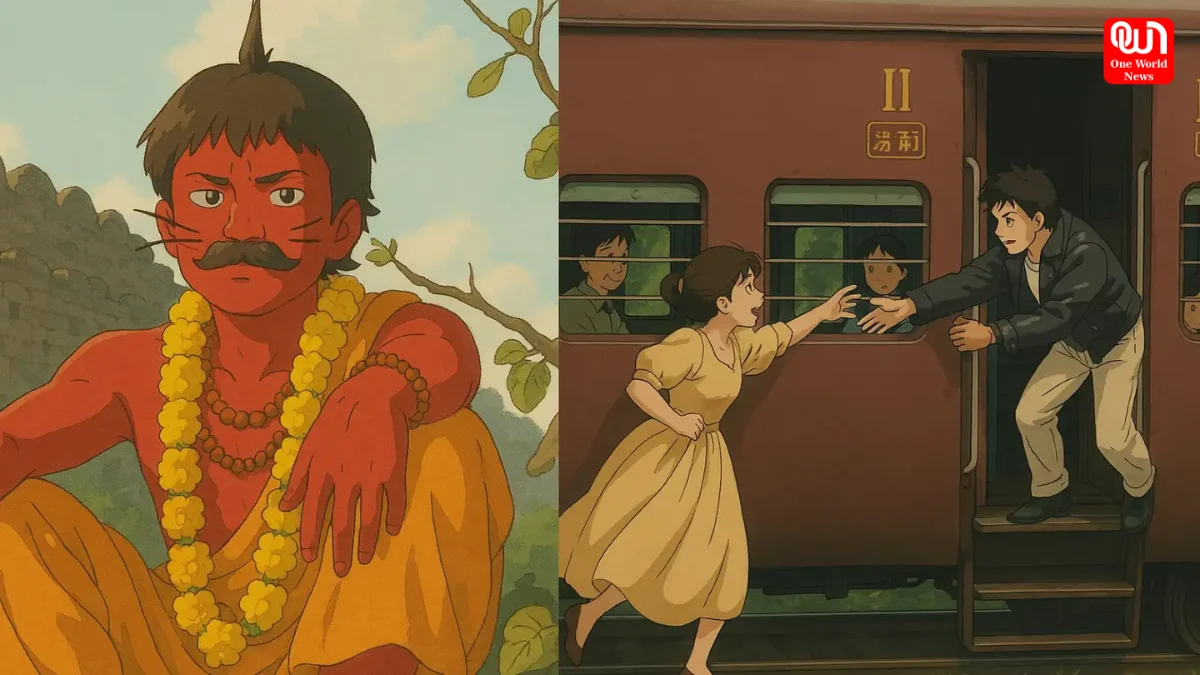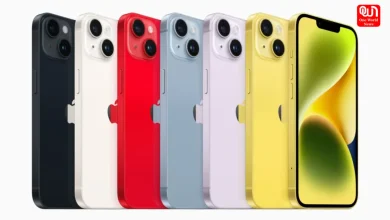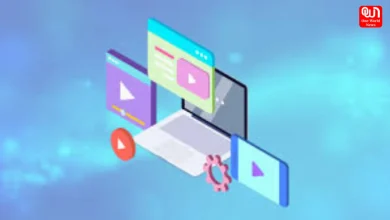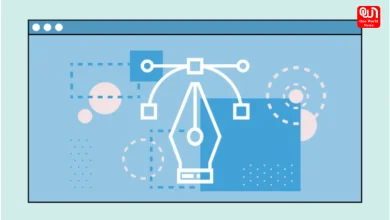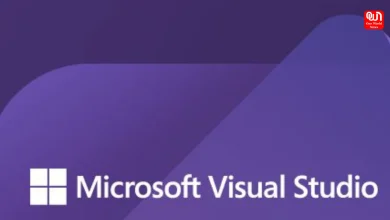With AI-Created Art becoming Popular, the Tale of Miyazaki and his Studio Ghibli
AI Meets Animation: How GPT-4o is Bringing Studio Ghibli’s Art to Life
Miyazaki’s Stance on AI: A Clash Between Tradition and Technology
Images in the style of Studio Ghibli have flooded the Internet since OpenAI launched its “most advanced image generator to date” with an update to the GPT-4o model. Individuals globally have been utilizing the artificial intelligence chatbot to modify images to the unique style created by renowned Japanese animator Hayao Miyazaki.
Why At This Moment?
The AI chatbot ChatGPT enhanced its 4o model on Tuesday (March 25) to incorporate native image generation features, boasting a “natively multimodal model capable of producing precise, accurate, photorealistic results.” Users have recreated several well-known artistic styles, particularly the unique animation of Studio Ghibli.
What Is Studio Ghibli?
Studio Ghibli is an animation studio from Japan established in 1985 by iconic animators Hayao Miyazaki, director Isao Takahata, and producer Toshio Suzuki. Its movies showcase hand-drawn, vibrant scenes utilizing a diverse colour palette and acrylic paints, with little reliance on digital methods.
The term ‘ghibli’ is Italian for “a warm wind that sweeps across the Sahara Desert.” It pertains to Italian reconnaissance aircraft used in World War II. Miyazaki chose the studio’s name due to his passion for aircraft and Italy.
The movies are recognized for their intricate narratives, showcasing young characters – frequently girls or women – in remarkable circumstances and unique, imaginative beings. The movies are forward-thinking, showcasing themes of feminism, a dislike for war, environmental concerns, and family.
Two films produced by the studio – Spirited Away (2001) and The Boy and The Heron (2023) received the Academy Award for Best Animated Feature. Additionally, five more films have received nominations for the Oscars.
Read More: Karan Kundrra Opens Up About Tejasswi Prakash Staying at His Place and Their Relationship Dynamics
The studio has been involved in 25 films (production and/or animation) and has produced TV specials, commercials, short films, and video games.
Who Is Hayao Miyazaki?
Hayao Miyazaki is a Japanese director and animator, recognized as the emblem of Studio Ghibli. A 2011 article in the German paper Der Spiegel referred to him as the “Asian Walt Disney” and “Japan’s most important modern filmmaker.”
Born in 1941 in Tokyo, he experienced the impacts of World War II and referred to some of his earliest recollections as “destroyed cities” in his book Starting Point: 1979 to 1996.
He pursued studies in economics and political science prior to starting a career as an animator in 1963, preferring the manga style found in Japanese animation. Miyazaki faced challenges in depicting people at first and dedicated years to illustrating airplanes, warships, and tanks, all of which appear in his movies.
In 2014, Miyazaki received an honorary award at the Academy’s Governors Awards.
Read More: The Impact of Technology on the Insurance Sector
What has Miyazaki Stated Regarding AI?
Miyazaki has conveyed significant concerns regarding the utilization of AI for artistic creation. In 2016, Miyazaki expressed his revulsion towards AI-generated animation, labeling it an “affront to life itself.”
The animator was presented with a clip featuring an AI-created zombie, which the speaker characterized as a type of absurd dance. “Artificial intelligence might show us bizarre actions that we as humans cannot envision,” the speaker stated.
Miyazaki replied that the clip brought to mind a friend with a disability who couldn’t move his muscles without intense pain, nor could he offer a high-five.
“Whenever I think of him, I can’t find this stuff interesting to watch.” The person who makes this has no understanding of what pain truly is. I am completely revolted. If you genuinely wish to create unsettling things, feel free to proceed. I would never want to integrate this technology into my work whatsoever. “I firmly believe that this is an affront to existence itself,” he stated.
As AI advances quickly, issues regarding creativity and ownership have arisen as well. Inquiries about the implications of a studio possessing a distinct style, and the consequences when countless individuals use technology to replicate it, remain unanswered definitively.
We’re now on WhatsApp. Click to join.
Like this post?
Register at One World News to never miss out on videos, celeb interviews, and best reads.

